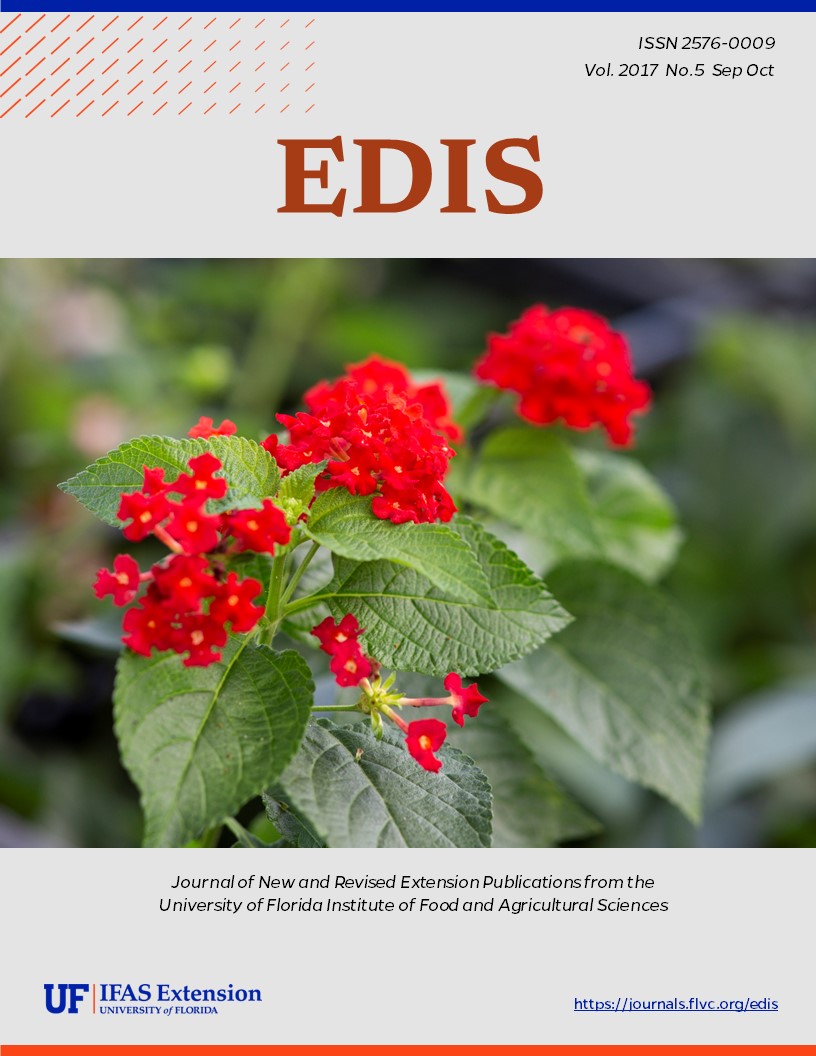Abstract
The establishment of native wildflower plantings in Florida can benefit agricultural producers as well as native pollinators and other beneficial insects (predators and parasitoids). The plantings do this by:
- providing forage and nesting sites for bees, butterflies, and other pollinators,
- increasing wild bee numbers possibly across the farm, and
- increasing natural enemies of insect pests (that also depend on forage and nesting sites).
This document discusses choosing the right mix of native plant species to benefit many pollinator species, as well as proper site selection, planting practices, and weed control techniques. Wildflower plots should be practical to manage, maximize benefits to wildlife, and fit into the overall management practices of the property.
Unless otherwise specified, articles published in the EDIS journal after January 1, 2024 are licensed under a Creative Commons Attribution-NonCommercial-NoDerivs 4.0 International (CC BY-NC-ND 4.0) license.

